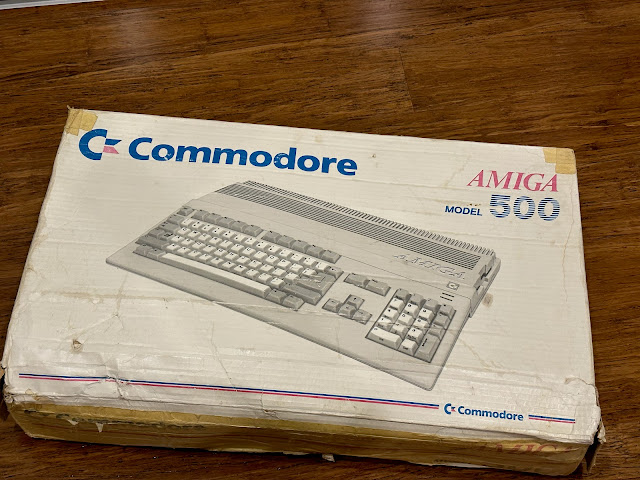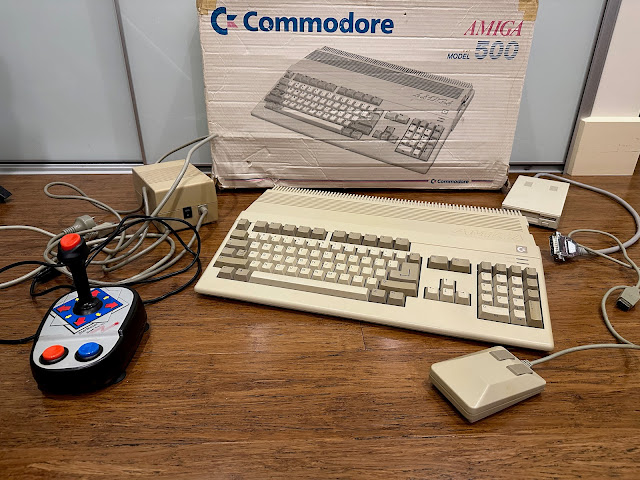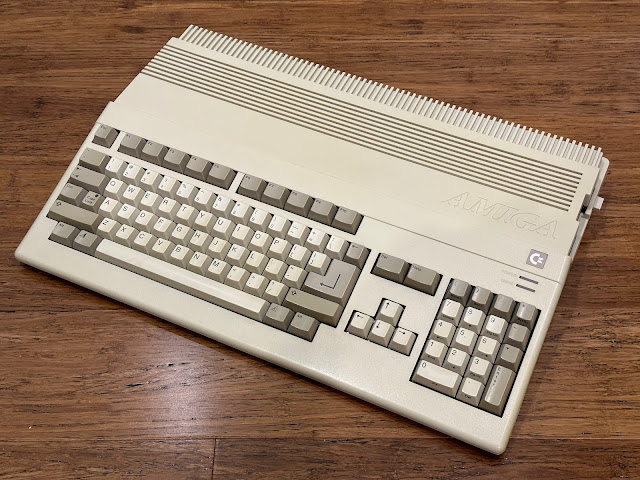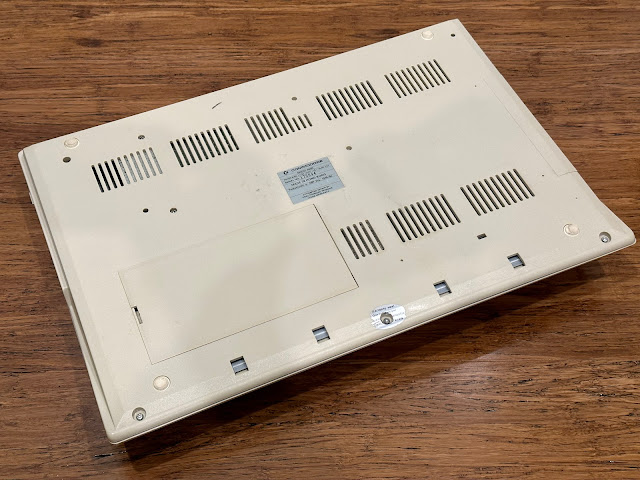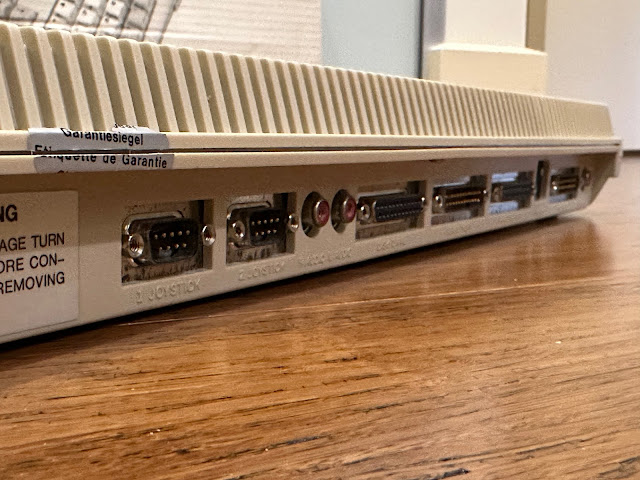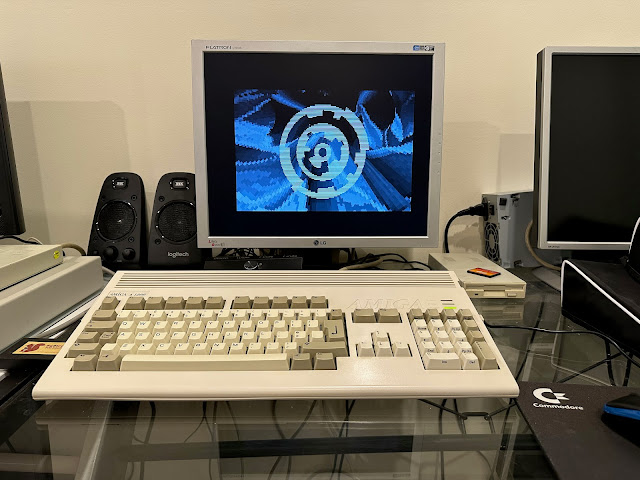New Amiga 500 build
Lately I have been working on a new Amiga 500 build. I decided to pick up a second hand Amiga 500 locally to use for the build, and upgraded it with a bunch of updates which I will cover in this blog post.
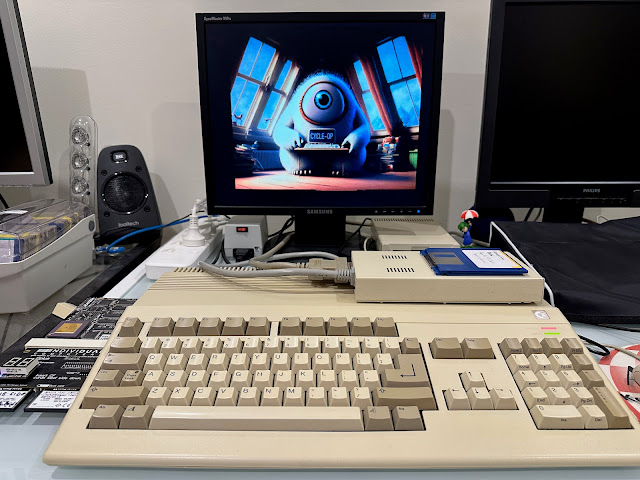
So, why would I do this? After all, I already have an Amiga 500 which I have put into a Checkmate 1500 Plus case.
The problem is that I play around with this machine a lot, upgrading it with Vampire 500 V2, Pistorm and other projects I want to try out.
I realise people are all excited about this new Pistorm hardware and I am too, but the issue is compatibility. Specifically, a lot of game and demos straight up don't work with Pistorm installed. It is VERY beta.
I stripped the computer back to a base 68000 Amiga 500 earlier this year so I could enjoy the latest release Amiga 500 demos, as they don't work with Pistorm and other upgrades like ACE2 installed.
But I don't want to have to keep this machine in this base configuration when it can do so much more, and has many more expandability options being in this cool case. Seems a waste to have it permanently a base Amiga 500.
So I decided to buy another Amiga 500 I can run in a simplified configuration for demo and game compatibility, and keep the Checkmate 1500 plus cased Amiga 500 for projects like Pistorm.
The price of Amiga systems is getting more and more expensive in 2023. Long gone are the days of cheap Amigas. I was able to get an Amiga 500 system for a reasonably fair price of AUD$400 (given the current market value) from Ebay locally, and soon enough it arrived, in it's original box.
The box is not in good shape, with plenty of masking tape in evidence, but fortunately the all important contents survived the couriers best attempts to destroy it, in the apparently deceptively simple task of carefully moving a box 2 metres to and from a truck to deliver it.
This Amiga 500 has the "springy keys" that I remember on friends Amigas back in the day - our family Amiga 500 and the one from my Checkmate 1500 system didn't have keys like that, they had a more solid mechanical feel. No yellowing I can see.
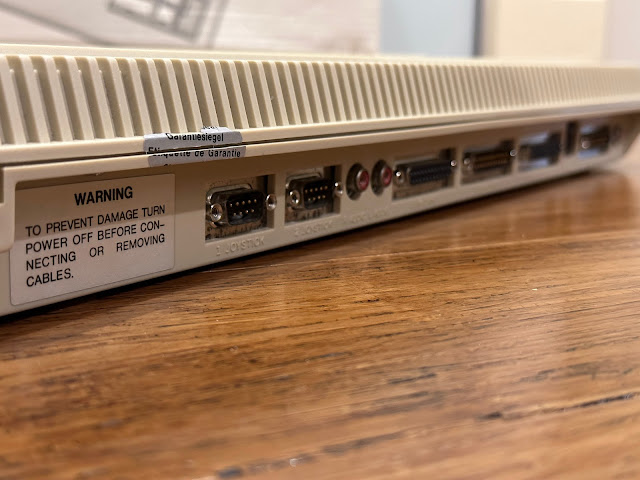
The case is in good condition - time to hook it up and see if it works. Given there is no scan doubler, I used my Microbee scan doubler solution I use for the Amiga 1000 system to connect it to a modern TFT screen. I am pleased to report the system worked first time.
As nice as it is to have a base Amiga 500, I want to upgrade it to have some more modern comforts and features.

This Amiga has the Commodore A501 512k memory expansion card installed, and it is clear that the original battery on it has leaked badly all over the card. These cards were originally covered fully by a metal casing which made it quite difficult for owners to know if the battery had leaked.
Looks like the previous owner has removed the cover completely, cleaned it and (maybe) fixed the leak damage, so card amazingly still works!

That done, I then removed the ACA500, and pulled apart the Amiga 500 again, this time removing the shield covering the motherboard also. I needed to do this for the Indivision ECS installation to come.
By now, the CF card copy on the Amiga 3000 had completed, so I put the Amiga 500 back together and connected the ACA500, and now it boots my AmigaOS 1.3 hard disk environment from the Amiga 3000 on the Amiga 500!
This is a great thing, as it saves a pile of work to setup Workbench 1.3 hard disk how I like it. The setup here originates from the Amiga 2000 workbench 1.3.3 that I setup on a 52MB SCSI hard disk back in 1991, migrated and upgraded over time and still in use today!
I already have a nice MIDI Roland SC-88 Pro for outputting MIDI files, so I just connected the MIDI cables directly to it.
I ran SysInfo, which curiously detects the 030 but doesn't appear to use it when computing the speed?
Nevermind is not a great game, but there is a story behind why I bought it again. Back in 1990, I bought Nevermind from a $5 discount bin at Headlam computers (a computer store in Perth, Australia).

It is fun to try out games and applications I never experienced back in the day for the first time in 2023.
Switching back to the Amiga 500 build, I played around with the settings a bit in the ACA500 to try to get some more memory.
As mentioned, even though the ACA500 detected it, the 126MB memory on the accelerator card is not used at all (at least in 1.3 mode), which makes the remaining memory quite restrictive.
A little off topic but still Amiga related, you may recall in December last year I looked at Amiga magazines from 1985 to 2022. At the time there were some comments from readers that I missed Amiga .Info, Amiga Annual (Australian magazine) and Commodore World.
The Amigazette magazines were quite interesting and had some leaflets in them!

The ACA500 plus expansion card is next. Unfortunately it cannot be screwed into the older plexiglass case the original ACA500 is in, as the screw holes don't line up. This is why I ordered another glass case that is designed for it. I haven't got it yet though, so I have to continue without it.
You can see I have 1MB chip and 8 MB fast courtesy of the ACA500 plus card (some memory is used by programs run with the Workbench booting of course):
The system information page in the ACA500 plus boot menu shows the 68030 accelerator is detected and the 126MB memory on it.



